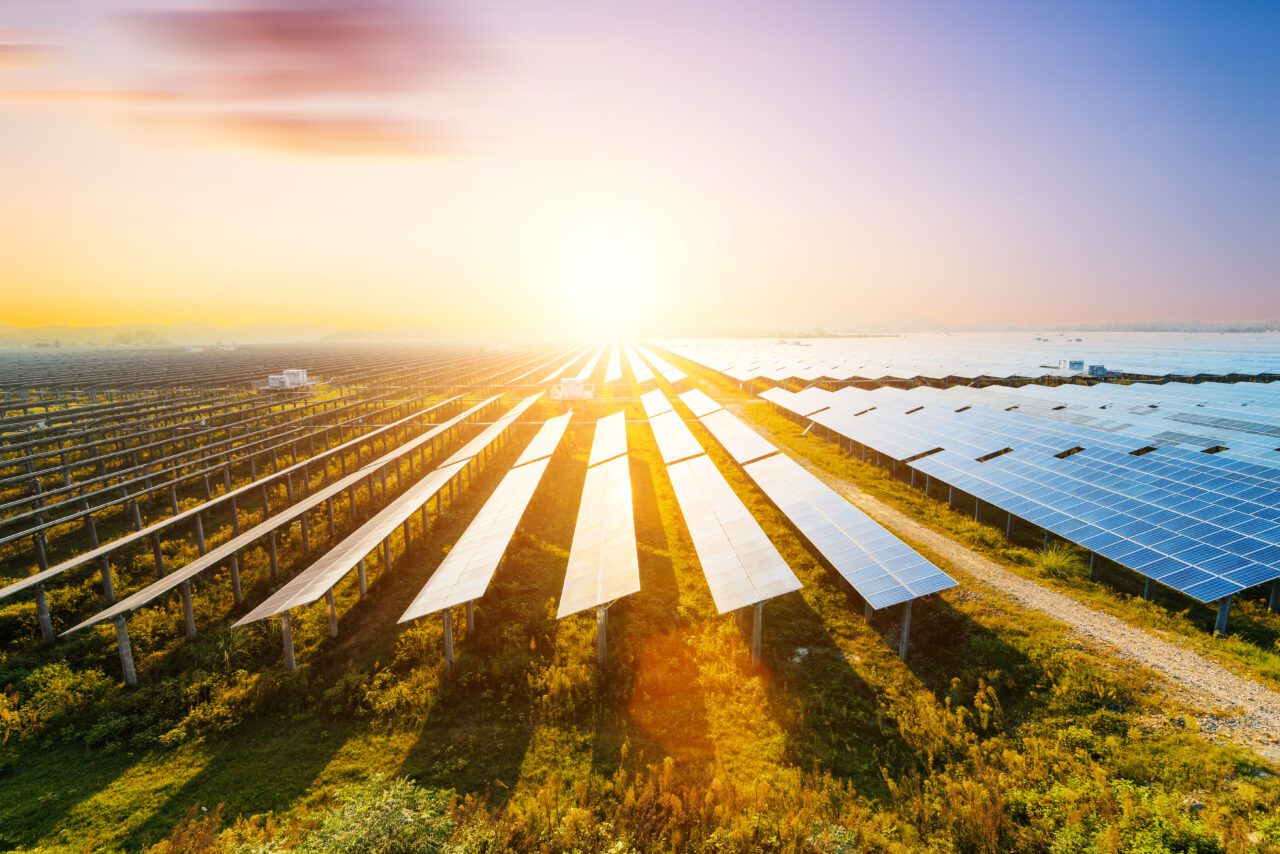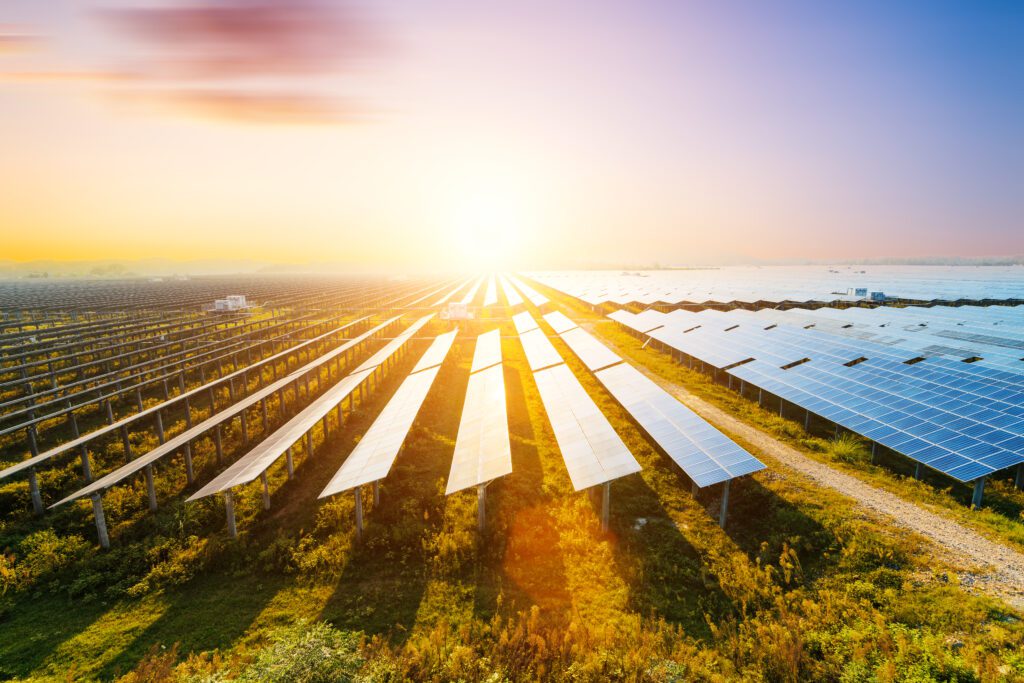Why Energy Efficiency Should Be a Priority for Every Manufacturer
Credit to Author: Contributed Content| Date: Mon, 01 May 2023 04:10:53 +0000

Manufacturing is among the most energy-intensive industries in the U.S., making sustainability efforts all the more important, and potentially impactful. Businesses looking to run and maintain their facilities more sustainably have a few options, some of which offer an almost immediate impact. Manufacturers should consider the path toward sustainability as a series of steps, focusing first on reducing energy consumption and then on initiating sustainability measures that align with their goals.
How to Reduce Your Energy Consumption
It seems obvious but working with a partner to investigate how you can reduce consumption is the best first step.While it may seem like table stakes in 2023, finding ways to reduce energy consumption—in fact, operating with as little energy as possible—should be every business’ priority.
COMMENTARY
If sustainability is the broad goal, the most effective first step is to enhance efficiency anywhere it’s possible. Replacing outdated equipment, retrofitting facilities with LED lighting, installing occupancy sensors and more. Consider the last efficiency upgrade your business made. Was it several years ago? Even if a facility’s already running with LED lighting, it’s worth noting that today’s LED bulbs (Figure 1) are even more efficient, typically saving 90% in energy consumption compared to incandescent lighting.

Only after taking this first step should a company investigate other sustainable technologies and options with their energy partner, whether that’s buying grid power with renewable energy credits (RECs), investing in hydropower or exploring solar. These decisions, of course, come down to the business’ goals—operating more sustainably, saving money or both.
Building an Energy Efficiency Strategy
Every year, the industrial sector spends billions of dollars on energy. For many businesses, managing energy is still perceived as simply a cost of doing business. As energy has become a global commodity, however, the markets have become increasingly volatile, with prices fluctuating wildly in the last two years. The current cost of keeping your business running paired with the likelihood of future volatility has greatly increased the importance of a more active approach to managing your energy usage.
Here’s an easy-to-follow roadmap for getting started with energy efficiency:
- Bring the right people to the table. Organizations are most successful in implementing energy efficiency efforts and controlling their costs when operations, maintenance and finance and accounting teams work together.
- Benchmark energy usage data. A real-time monitoring program can be implemented to help identify and quantify opportunities for energy efficiency improvements, benchmark usage before improvements and verify the impact of the improvements. With an understanding of where their operations are today, a business can determine when and how they’re using energy and the impact on energy costs.
- Get to know your energy bills. On average, about half of a typical energy bill is driven by energy demand, which is a measurement of your largest interval of power used during the billing period. The demand a business is billed for is the peak amount of power used at any one time during your billing period; there’s no charge for demand during the times when a business is using less than the peak amount. Energy efficiency efforts typically help companies save money by lowering the demand required to run their operations. Reviewing a year’s worth of interval meter data can identify if the peak demand an organization is billed for happens often. If peak demand is infrequent, working with operations and maintenance teams can help determine what equipment and processes are causing the demand.
- Determine if an on-site solution makes sense. After considering their goals, their energy profile and any efficiency measures that can be taken, a business can make a more intentional decision about on-site generation.
How to Determine if On-Site Generation is Right for Your Business
There are several important considerations before making an investment in on-site power generation. To begin, you will want to align on the goals. If the primary goal is cost-savings, on-site solar (Figure 2) might not be a business’ first choice, as it’s possible that a manufacturer’s high demand charges won’t be offset through solar. (The utility’s demand charge won’t go away even if a company is generating power on-site.) In some cases, offsetting the energy portion of the bill alone can create savings, especially where there are state incentives or high energy rates. Adding battery storage might also be an option for reducing demand charges.

When considering on-site generation, ask the following qualifying questions:
- Do you own your building?
- Is your site suitable for solar?
- Are you interested in owning solar equipment?
- What are your energy goals?
Focusing here helps a business determine fairly quickly if an investment in solar makes sense. Factors like site suitability are straightforward: Do you have a relatively new large, flat roof? Do you have another space available on your property, like a large field (Figure 3) or parking lot?
The conversation around owning or leasing equipment is more nuanced, involving tax incentives and whether the business can benefit from them. This typically requires a review of a business’ taxable income, the appetite for capital expense and whether they want to maintain a long-term power generation asset.

When the energy goal is primarily to save money, it often makes the most sense for you to go the route of a green energy contract, either through a retail energy agreement bundled with RECs or an on-site solar installation when the economics are viable. In the case that the facility can’t host solar at its property, community solar may be an option in states where programs exist. Businesses considering on-site generation need to invest a fair amount of time in an analysis of their ROI. And when working with a third-party solar partner, it’s important to get aligned on what savings they’ll actually see.
Ultimately, businesses with any sort of sustainability goal should be working with an energy partner that can help them focus on the key objectives and draft an energy plan that helps achieve those goals, whether carbon-reduction or cost-savings. Caution should be taken to work with partners that have a holistic unbiased view of your energy plan, not an organization looking to sell a specific solution.
—Patrick Smith is vice president of Commercial Energy Services for IGS Energy.
The post Why Energy Efficiency Should Be a Priority for Every Manufacturer appeared first on POWER Magazine.